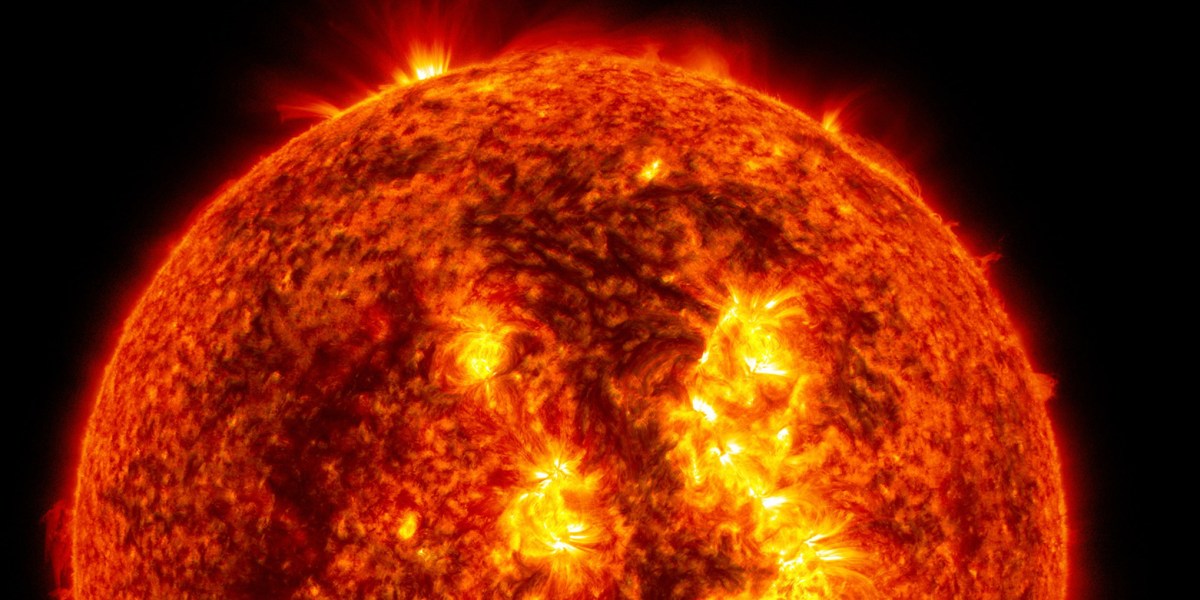The race to fix space-weather forecasting before next big solar storm hits

The satellite era has so far experienced only one major geomagnetic storm. Dubbed the Halloween storm because it pummeled Earth in the last week of October 2003, the CME affected nearly 60% of NASA space missions in orbit at the time, according to a later investigation by NOAA. A Japanese Earth-observation spacecraft lost contact with Earth, never to regain it—its electronics most likely fried by the onslaught of charged solar particles.
Thomas Berger, now the director of the Space Weather Technology, Research, and Education Center of the University of Colorado Boulder, was a young space-weather scientist at that time. He remembers the people buzzing about losing track of satellites.
Unlike aircraft, satellites are not constantly observed by radar in real time. Their likely trajectories are calculated days ahead, based on repeated observations by a handful of ground-based space radars and optical sensors scattered across the globe. When space weather warms up the upper reaches of the atmosphere, the increased density throws those predictions off, and it can take operators a while to find the satellites again.
“After the 2003 Halloween storm, the entire satellite catalogue was off track,” says Berger. “It took three days of emergency operations to locate and retrack all these objects. Some of the satellites were tens of kilometers below their usual orbit and maybe a thousand kilometers away from their expected position.”
When we don’t know where satellites—and space-debris fragments—are, it is more than an inconvenience. It means that operators can no longer make predictions about potential collisions—events that can not only destroy satellites but also create thousands of new pieces of space debris, creating cascading risks to other satellites.
The Halloween storm luckily passed without an orbital crash. But next time, satellite operators may not be so lucky.
A lot has changed in near-Earth space since 2003. The number of active satellites orbiting our planet has risen from 800 back then to more than 9,000 today, and low Earth orbit has seen the greatest increase in traffic. The quantity of space junk has also grown. Twenty years ago, the US Space Surveillance Network tracked some 11,000 pieces of such debris. Today, according to NASA, it keeps an eye on more than 35,000 objects. With that much more stuff hurtling around Earth, many more collision-avoidance maneuvers are needed to keep things safe.
And it is just a matter of time before Earth is hit with bigger CMEs. The Halloween storm packed dozens of times more power than the “insignificant” event that doomed the Starlink satellites. Yet it had only about one-tenth the energy of the Carrington Event. The orbital mayhem—not to mention the havoc on the ground—could certainly get much worse.


